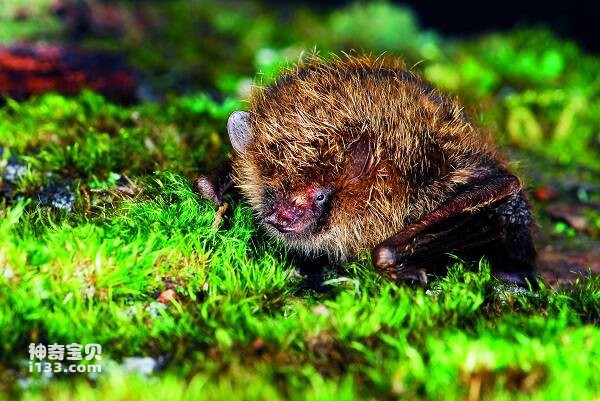
Small bat, distributed domestically in Taiwan and abroad in Vietnam. It is a typical nocturnal forest bat, but its main habitat is not well defined, and a few individuals have been found living in caves. Emits a typical short-duration and wide-band echolocation sound wave, often hunting insects in f...
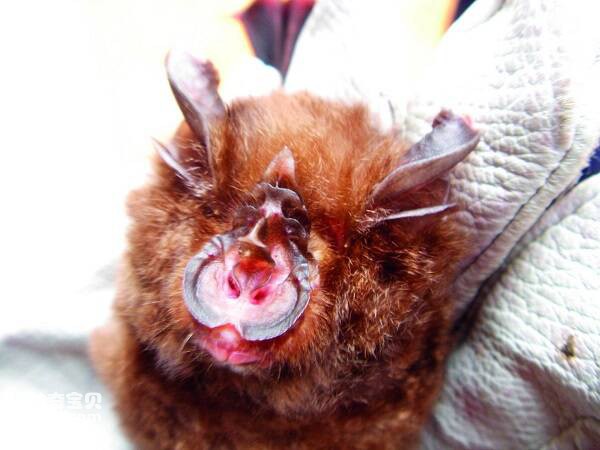
Rhinolophus yunnanensis was published in 1872 by Dobson on the basis of two male and one female specimens collected in Hotha, China (1371.6m above sea level), and later merged into R. pearsonii by himself. Andersen (1905) compared the description and diagram of the species and pearsonii and found th...
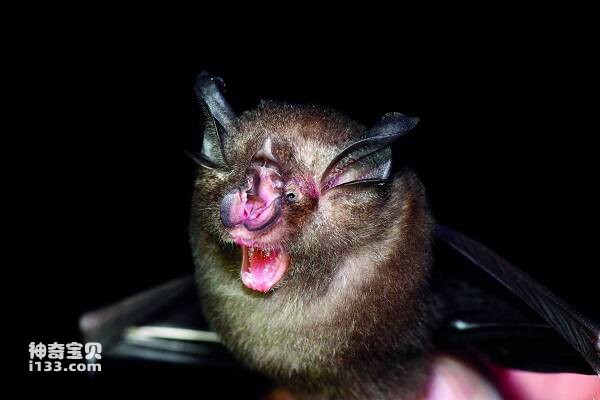
This species is endemic to China, and because of its small size, it will be clustered, and is a typical group of nocturnal animals. Use constant frequency echolocation sound waves to detect prey in the environment.The bats live deep in caves in single or small groups, often hanging upside down by ho...
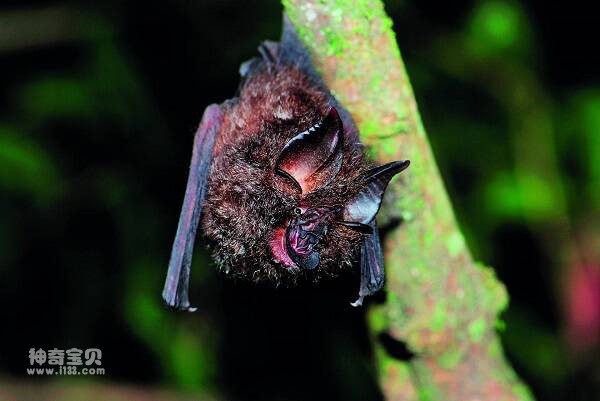
It is a solitary bat, with only one or a few individuals found in a tunnel, cave or tree hole. Use constant frequency narrow-band echolocation (constant frequency) sound waves to detect prey in the environment. It is nocturnal and feeds on insects. It lives deeper in the cave....
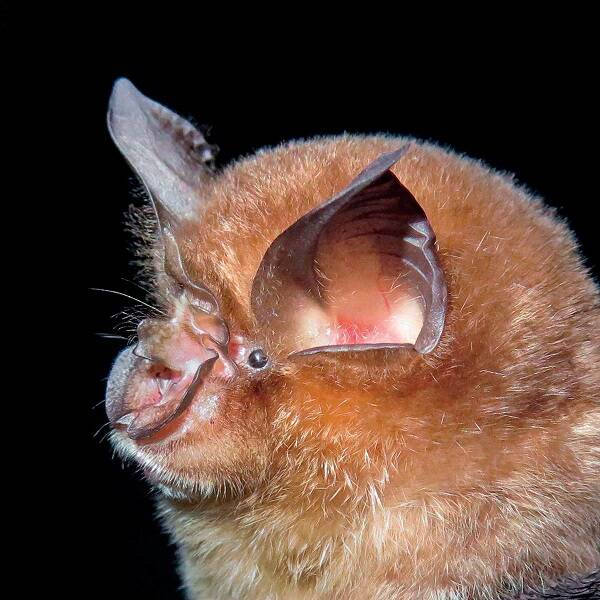
The new distribution record of this species was reported in China in 2005. Alice C. Hughes et al. recorded its capture in the ecological monitoring survey of Xishuangbanna Botanical Garden in Yunnan Province (see photo), which is the northernmost distribution of this species. Abroad, it is mainly di...
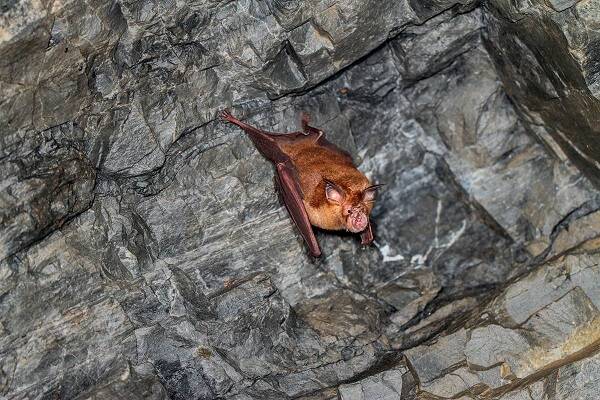
The Chinese Rhinolophus rouxii sinicus was previously classified as a subspecies of Rhinolophus rouxii sinicus (Chinese name for Rhinolophus rouxii sinicus) until 1997. Due to chromosome and morphological studies, it is very different from Rhinolophus lui, so it was promoted to a separate species in...
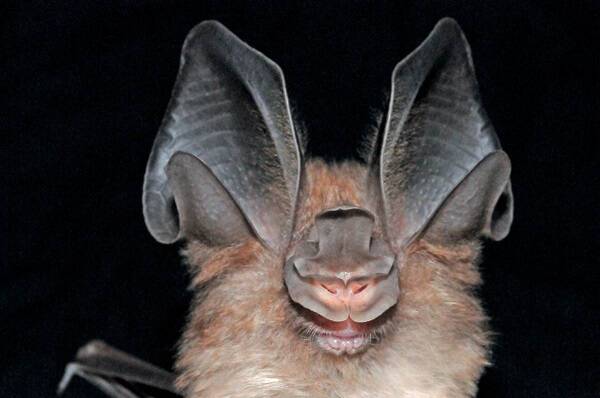
The species is found in a rocky cave surrounded by agricultural land, 200m from the nearest village. Rhinolophus macroetalis, Rhinolophus mari, Rhinolophus chinensis and Myotis were also collected from the same cave. This species is named Schnitler's Horseshoe Bat in honor of Professor Hans-Ulri...

A female bat, Rhinolophus rex, was caught 100m away from the entrance of Kunebian Cave on Kunebian Mountain in Shijiaba Town, Xingshan County, Hubei Province, at 10 am on December 11, 2007, during a survey of biodiversity in caves between Yichang and Badong sections of the Shanghai to Chengdu Expres...

R. blythi andersen: Least horseshoe bat is the smaller of the horseshoe bats. It lives in caves, tunnels, or near settlements in low mountains. They live in common with other bats. The number is small,1-5 heads in a group, occasionally 20 large groups. Homogenous groups occur seasonally. Prey on mot...
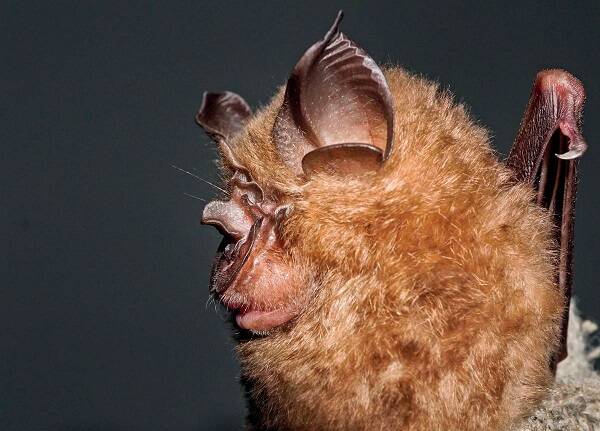
Rhinolophus pearsonii (Rhinolophus pearsonii) is a member of the Rhinolophidae, genus Rhinolophus. The body size is medium, from the side view, the joint protrudent tip is low round, and there is no concave gap between the saddle-like structure, from the front view, the saddle-like structure is narr...
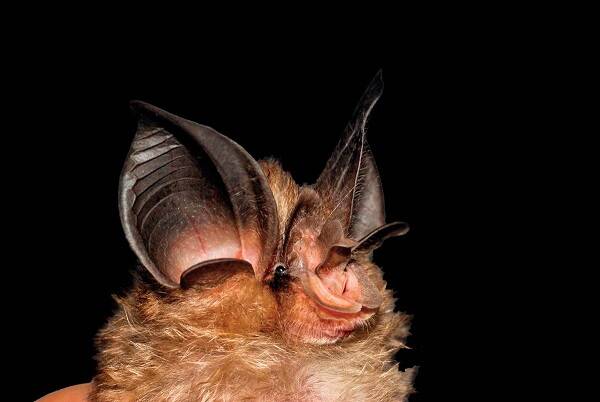
Rhinolophus macroetalis is a bat of the genus Rhinolophidae. It lives in small numbers in caves and commutes with other bats, generally staying on the edge of caves or on the top wall of rocks near the entrance. Feeds on nocturnal flying insects.This species contains 3 subspecies in China and has a...
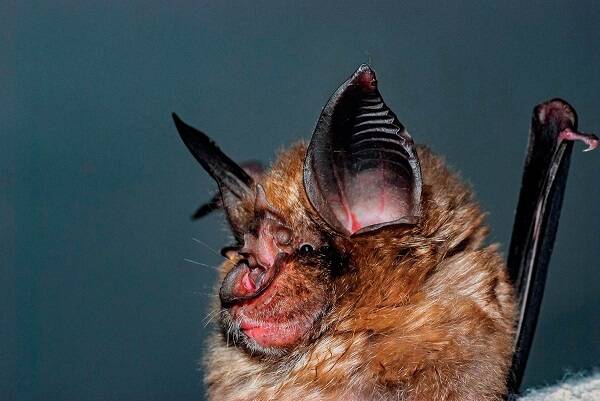
There are species of mouse-eared bat and Oriental bat in the roost cave. During the day and night, sleep between stone cracks or wall cracks during the day, hanging alone on the stone wall, hanging with two limbs and upside down on the stone wall, forelimbs wrapped around the body, when external sou...